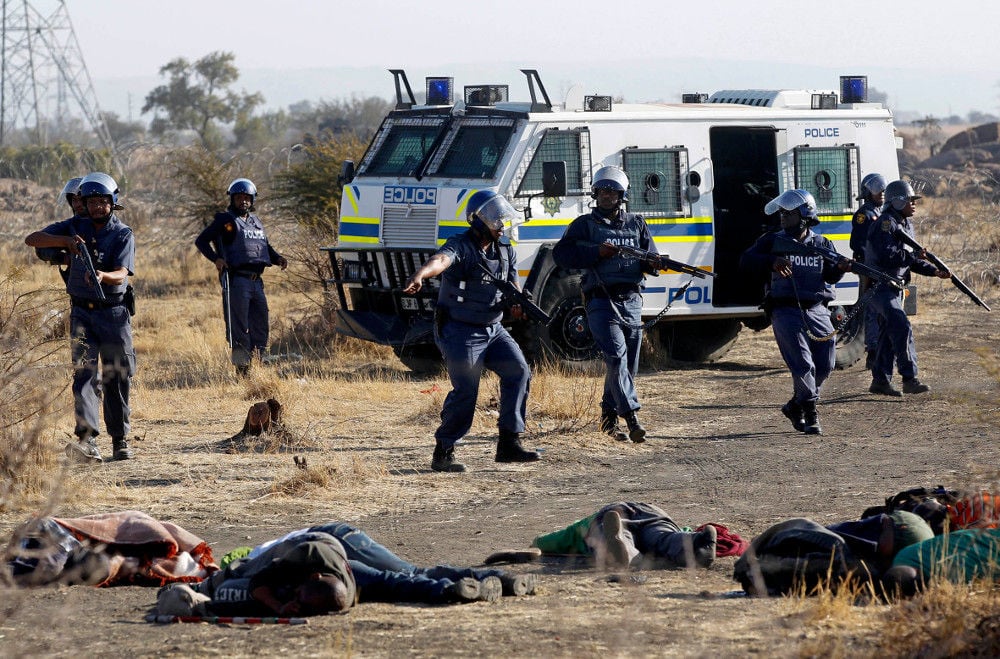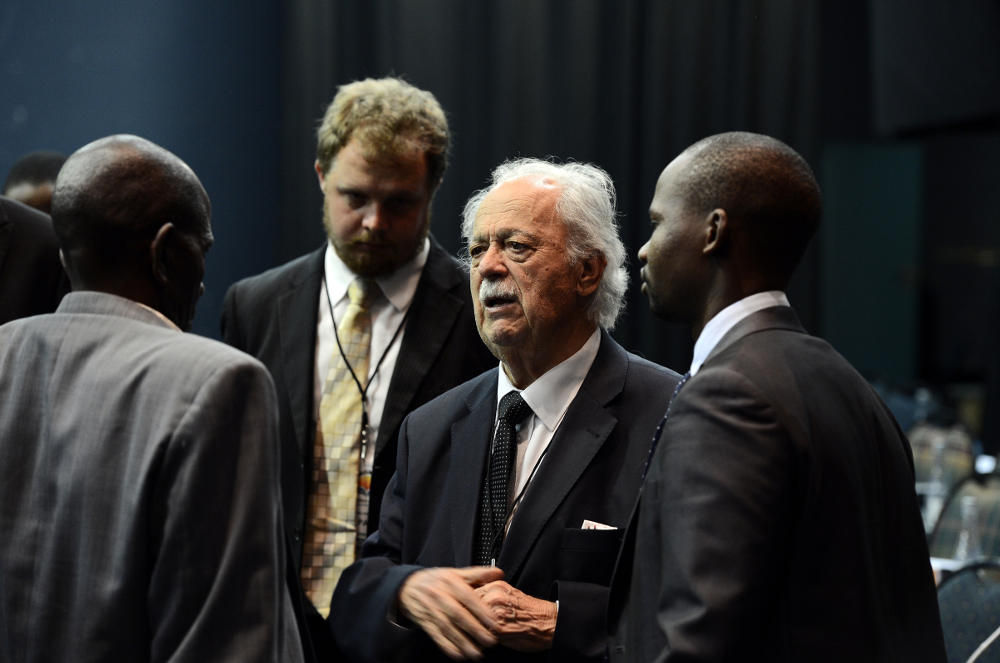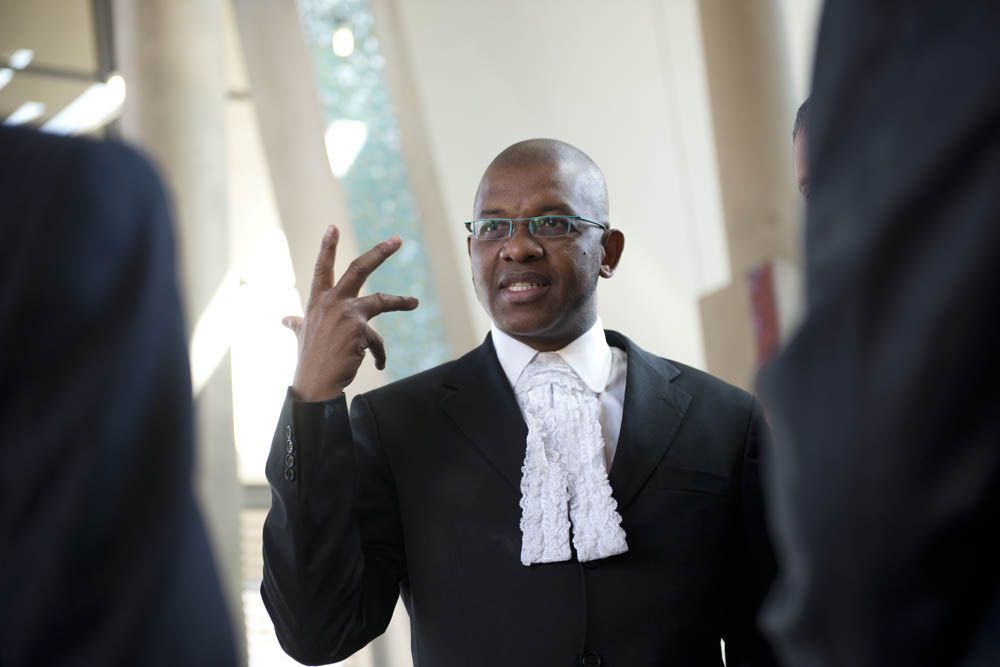
Mr X, who was one of the striking miners at Marikana in 2012 and is under police witness protection, starts his in-camera testimony at the Farlam commission on Thursday.
Here are five reasons to follow his story.
1. Watch how the police zoom in on certain aspects of Mr X’s testimony, such as the strikers taking part in rituals to make them “fearless, strong and invisible to the police”, in the hope that it will strengthen their flailing self-defence argument. In its opening statement, the South African Police Service (SAPS) said “the use of lethal force was the last possible resort” and that the officers who fired many shots did so “in the reasonable belief that this was an answer to the imminent danger they were [in]”. The police’s self-defence argument could be reinforced if Mr X sticks to claims made in his statement – that the strikers planned to provoke the police into attacking them first and that the police “should be attacked and removed” should they stand in the way of the strikers attaining their demanded wage.
 Police shot and killed 34 miners on August 16 2012. (Reuters)
Police shot and killed 34 miners on August 16 2012. (Reuters)
2. Details will emerge about lesser-known events leading up to the August 16 2012 massacre, namely the killing of 10 people, including a mineworker, strikers, Lonmin security personnel and police officers.
 George Bizos will be one of the evidence leaders at the Marikana commission. (AFP)
George Bizos will be one of the evidence leaders at the Marikana commission. (AFP)
3. Mr X will be asked about the planning and organisation of the strike. How much of the action did strikers premeditate or plan? It is unclear from Mr X’s statement exactly where the strikers stood in this regard, but he claimed numerous times that the strikers intended to provoke Lonmin security personnel and police officials into being the first to attack.
4. Insight into the involvement of inyangas (traditional healers) and rituals and how this influenced the strikers’ plans and actions. According to Mr X, it was two inyangas who gave a group of striking miners instructions on how to act during the strike. The muti administered during the rituals made the strikers believe they were invisible to the police, which influenced their behaviour.
5. Will Mr X’s statement survive under what will no doubt be vigorous and critical cross-examination? Advocate Dali Mpofu, who represents the injured and arrested mineworkers, will more than likely grill the witness, as many of his clients have been implicated by Mr X’s allegations.

Advocate Dali Mpofu, representing the injured and arrested mineworkers.
(Paul Botes, M&G)